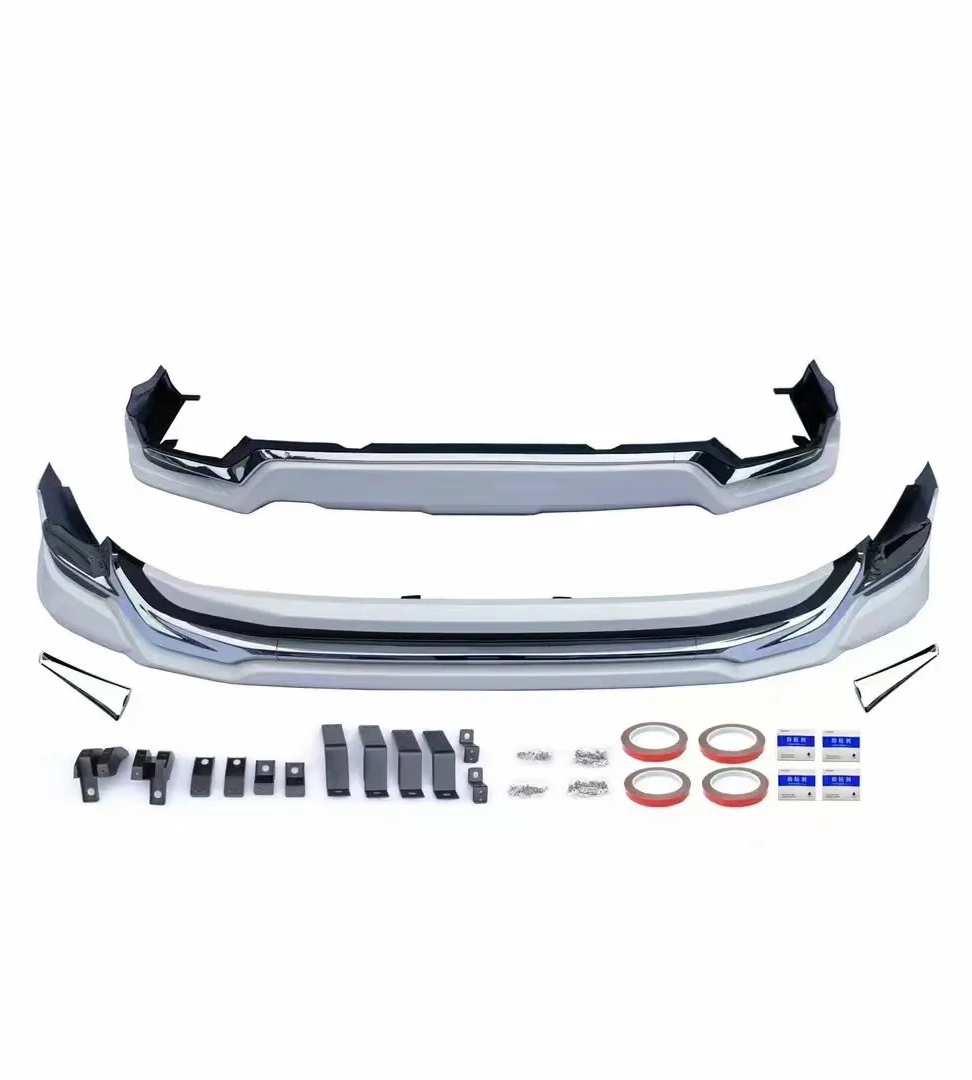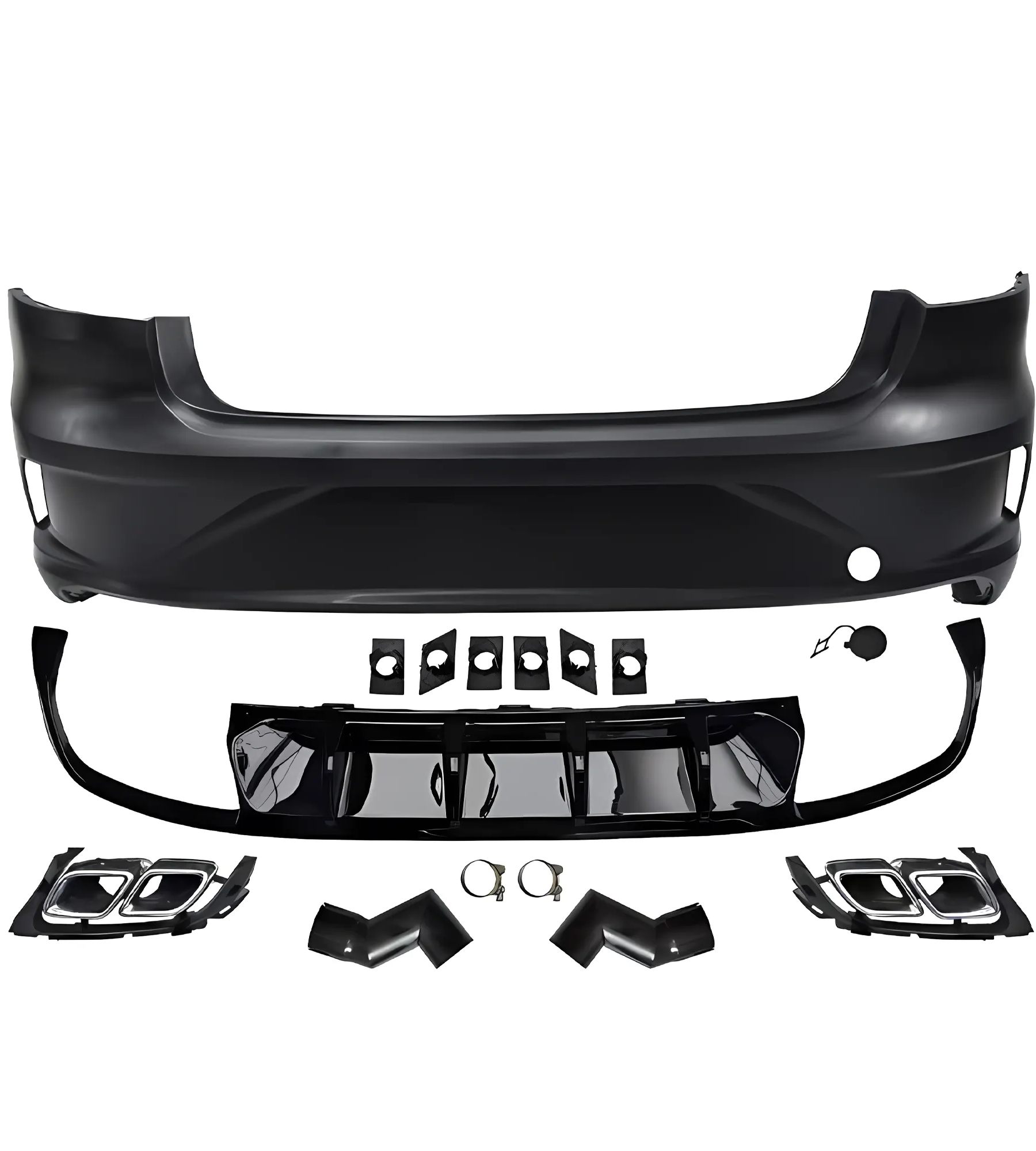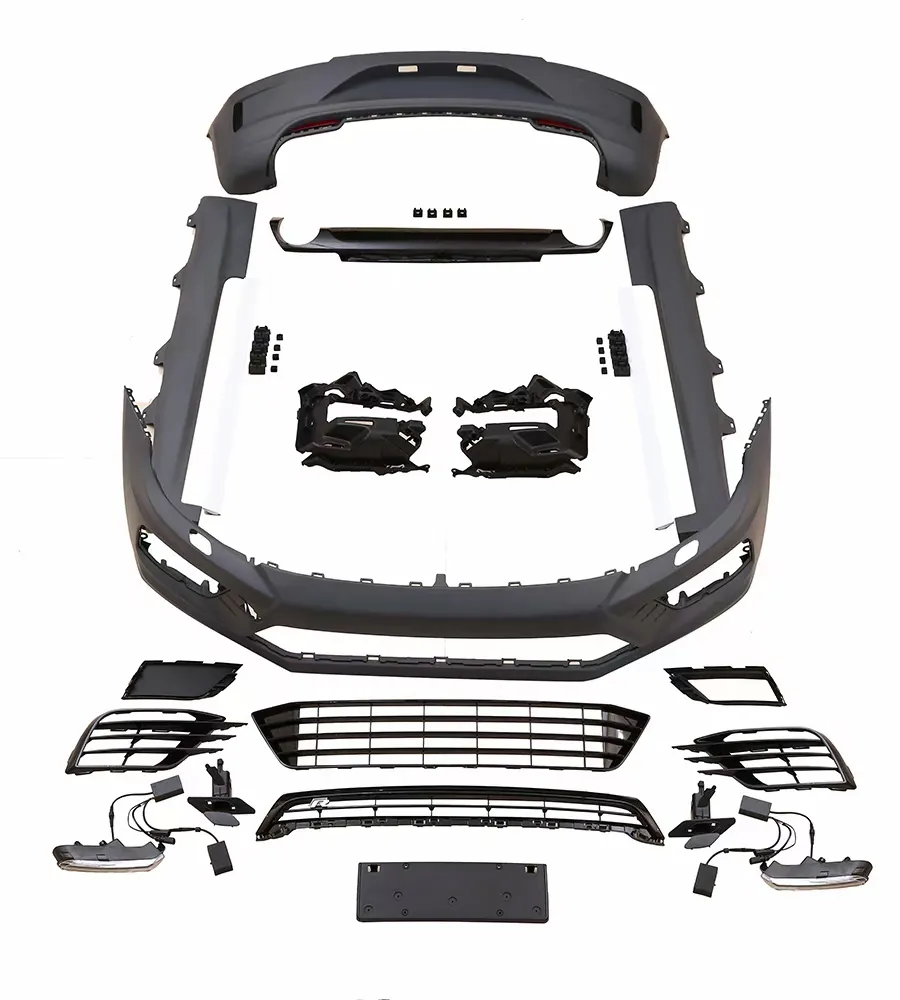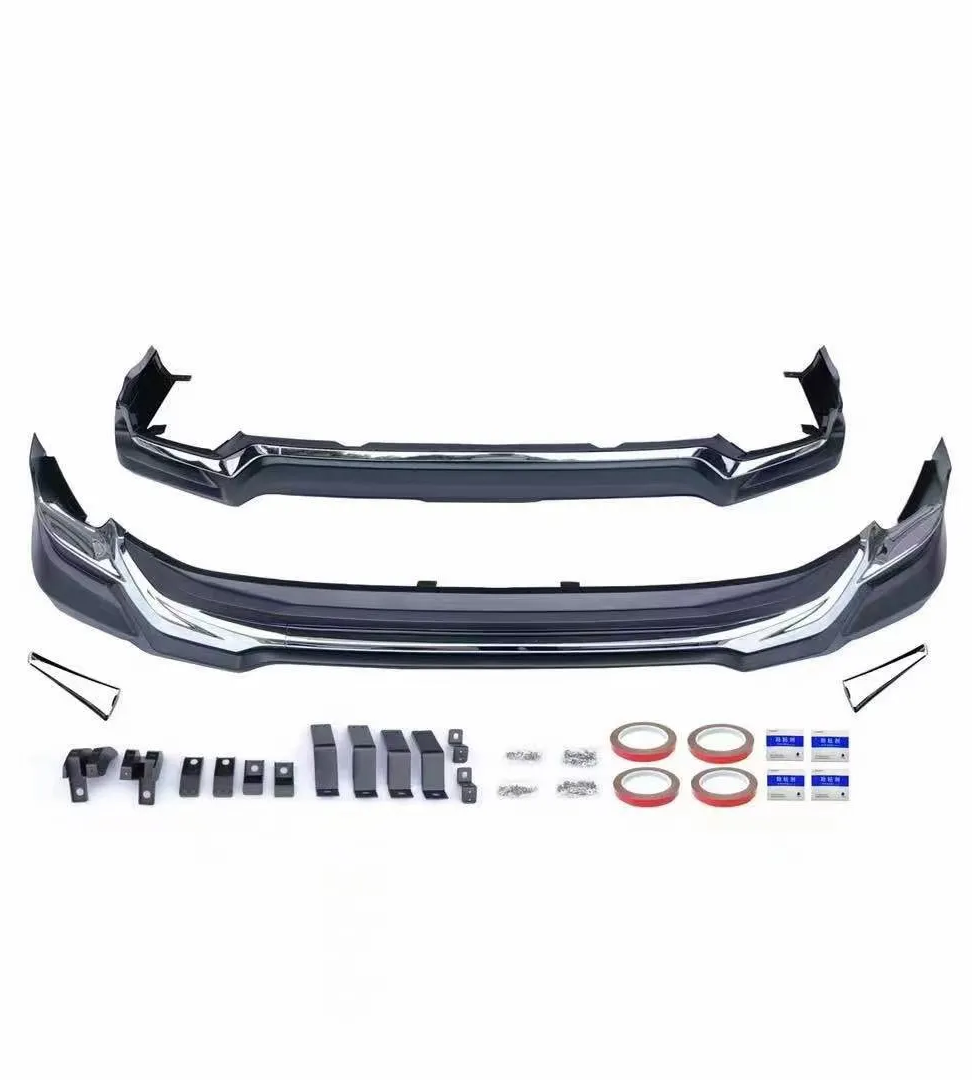
Mūsu apņemšanās ilgtspējīgai darbībai Newbrown izmanto ekoloģiski saprātīgas metodes mūsu automobiļu korpusa komplektu ražošanā.mēs cenšamies samazināt atkritumu daudzumu, pēc iespējas pārstrādāt materiālus un izmantot vides nekaitīgus ražošanas procesus, kas atspoguļo mūsu atbildību pret planētu un mūsu aizkustību par automobiļu uzlabošanu.

Newbrown mēs lepnojamos ar mūsu automašīnu korpusa komplektiem, kas ir precizitāti izgatavoti gan darbības, gan stila ziņā. Ikviens centimetrs ir sagatavots rūpīgi no ideālas virsmas līdz augstākas izgatavošanas. mēs tos veidojam izturīgi, lai tie varētu izturēt ikdienas lietošanu, bet joprojām izskatās kā

mūsu komplekti ir ne tikai par veiktspēju, bet arī par to, lai padarītu paziņojumu. ar izvēli no novirzes dizaina, kas tiek piedāvāti ar mūsu bodykit, jūs varat pielāgot savu transportlīdzekļu saskaņā ar to, kas vislabāk atspoguļo jums kā indivīdu. ikviena daļa ir izgatavota ar lielu rūpību, lai tā pilnībā

Izmantojot inovatīvas Newbrown automobiļu korpusa komplektus, jūs varat justies labi, ja braucat ar tiem. Šie komplekti ir paredzēti, lai uzlabotu jūsu automašīnas manevrēšanas spēju un līdzsvaru, tādējādi dodot jums priekšrocību pār citiem vadītājiem uz ceļa. Lai palielinātu slīpumu un samazinātu vilcienu

palielināt transportlīdzekļa dizainu un efektivitāti, izmantojot newbrown luksusa automobiļu korpusa komplektus. šie komplekti ir izgatavoti, lai atbilst dažādām zīmēm un modeļiem, vienlaikus precizi pielāgojot izturību. papildus labiem izskatiem, aerodinamika ir arī uzlabota, izmantojot augstas kvalitātes materiālus katrā komplektā

Changzhou Zhanchen Brown auto rezerves daļas co., ltd tika dibināta 2013. gadā ir nozīmīgs ražotājs un pārdevējs, kas specializējas automašīnu apgaismojuma, pielāgojamas transportlīdzekļu rezerves daļas, auto halogēna lampas un auto LED priekšējās lukturi. mūsu rūpnīca apņemas ražot augstas kvalitātes produktus un šie produkti ir labi
ar Newbrown automobiļu halogēnu spuldzēm izjūt augstākas redzamības. mūsu spuldzes ir konstruētas, lai izdala spilgtu baltu gaismu, kas ļoti līdzinās dabiskajai dienas gaismā, uzlabo skaidrību un samazina acu slodzi nakts braukšanas laikā. ar ilgāku dzīves ilgumu salīdz
ar jaunbrūnu automobiļu lukturiem var droši braukt. mūsu lukturi ir paredzēti, lai izturētu briesmīgus laika apstākļus, nodrošinot konsekventu darbību lietus, sniega vai miglas apstākļos. progresīvā lentes tehnoloģija vienādi izkliedē gaismu, likvidējot tumšos vietas un nodrošinot skaidru redzējumu uz ce
Steidzami ievietojiet auto apgaismes nākotnes modeli ar jaunbrūnu automobiļu LED bulbēm. Šie energoefektīvi apgaismes bulbi patērē mazāk enerģijas, vienlaikus sniedzot spēcīgu gaismas staru. Kompaktā konstrukcija ļauj viegli uzstādīt, un aukstais uzlikums nodrošina drošību. Jaunbrūnu LED bul
Izslēdzot šo ierīci, jūs varat izmantot jaunās brūnas ksenona bulbes, kas nodrošina augstas intensitātes gaismu, kas ievērojami uzlabo redzamību, īpaši zema apgaismojuma apstākļos. Ksenona gāzes tehnoloģija nodrošina ilgāku izturību un baltu, intensīvāku gaismu.
mēs piedāvājam dažādas pielāgojuma iespējas mūsu automobiļu korpusa komplektiem, tostarp materiālu izvēli, krāsu līdzsvarošanu un dizaina grozījumus. mūsu komanda cieši sadarbojas ar jums, lai nodrošinātu, ka galaprodukts atbilst jūsu unikālajām prasībām.
Jā, mūsu automobiļu korpusa komplekti ir izgatavoti, lai būtu saderīgi ar plašu transportlīdzekļu modeļu klāstu. Mēs piedāvājam gan universālu, gan modeļa specifisku korpusa komplektu, lai apmierinātu mūsu klientu dažādās vajadzības.
Mēs ieteikam konsultēties ar mūsu pieredzējušu pārdošanas komandu, lai noteiktu vislabāko automobiļu LED glāzi jūsu transportlīdzeklim.
